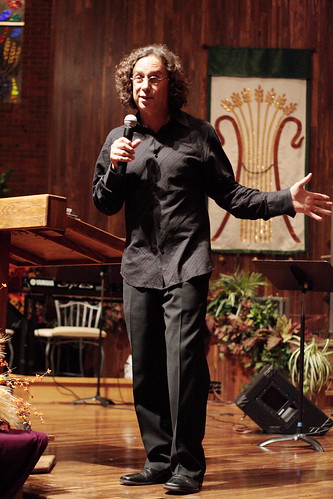 I was privileged to see Jimmie Bratcher in concert at our church last night. For those who don't know, Jimmie Bratcher is a blues guitarist and singer. He is also a preacher who travels and shares his message in many places that are unusual, like blues bars around the country.
I was privileged to see Jimmie Bratcher in concert at our church last night. For those who don't know, Jimmie Bratcher is a blues guitarist and singer. He is also a preacher who travels and shares his message in many places that are unusual, like blues bars around the country.I have been looking for an opportunity to photograph a performer in action, so I grabbed the camera and decided to see if I could get any good shots. I started out using the external flash, but the venue was so large and so dark that all I got was properly exposed people with very dark backgrounds.
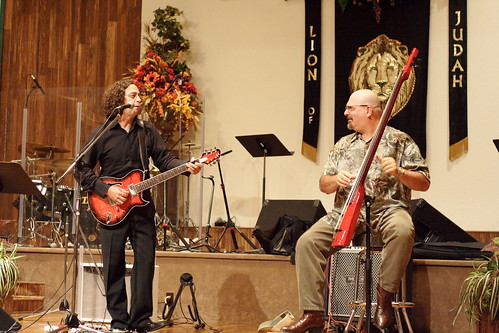 I was not at all happy with the photographs I was getting, so I put away the flash and switched over the nifty-fifty (50mm f/1.8 II) and set it on f/2.8. I had to adjust the ISO to 1600 in order to properly expose the photographs which made me very nervous. I have had very poor results with ISO 1600 in the past. The photographs were not sharp and were very noisy, and I always felt they were unusable. However, I heard another photographer say he routinely used ISO 1600 when shooting weddings and the key was not to underexpose the photographs. So, I payed special attention to exposure and even started by overexposing the shots by +1. These looked like they were coming out a little bright on the LCD. It is tough to use this to judge by because I find photographs are usually a little darker than what the display shows. The histogram looked OK and none of the highlights were blown out, but I still felt the shots were a little overexposed so I dropped it back down to zero exposure. These felt like they were coming out just about right. I shot about 70 exposures. When I got home and began processing them, I was kind of nervous. I was really expecting grainy, noisy photographs, but I was pleasantly surprised. I did use the Canon DPP software to perform some luminance noise reduction, and this also seemed to work very well. These may not be perfect, but considering the challenging conditions and the fact I was using a lens that costs less than $100, I am very happy with how they turned out. Lesson learned...good shots can be achieved with high ISO under the right conditions.
I was not at all happy with the photographs I was getting, so I put away the flash and switched over the nifty-fifty (50mm f/1.8 II) and set it on f/2.8. I had to adjust the ISO to 1600 in order to properly expose the photographs which made me very nervous. I have had very poor results with ISO 1600 in the past. The photographs were not sharp and were very noisy, and I always felt they were unusable. However, I heard another photographer say he routinely used ISO 1600 when shooting weddings and the key was not to underexpose the photographs. So, I payed special attention to exposure and even started by overexposing the shots by +1. These looked like they were coming out a little bright on the LCD. It is tough to use this to judge by because I find photographs are usually a little darker than what the display shows. The histogram looked OK and none of the highlights were blown out, but I still felt the shots were a little overexposed so I dropped it back down to zero exposure. These felt like they were coming out just about right. I shot about 70 exposures. When I got home and began processing them, I was kind of nervous. I was really expecting grainy, noisy photographs, but I was pleasantly surprised. I did use the Canon DPP software to perform some luminance noise reduction, and this also seemed to work very well. These may not be perfect, but considering the challenging conditions and the fact I was using a lens that costs less than $100, I am very happy with how they turned out. Lesson learned...good shots can be achieved with high ISO under the right conditions.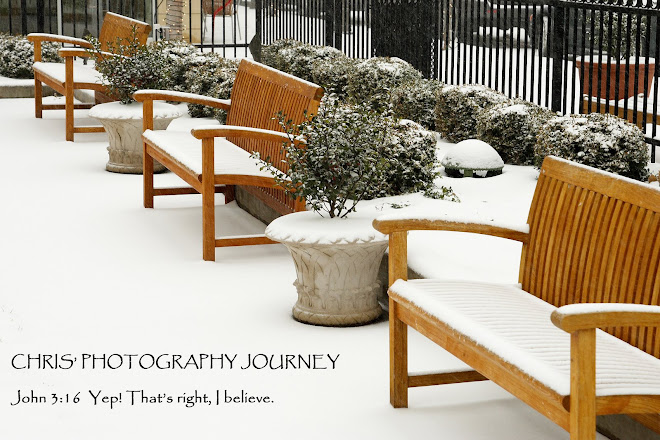
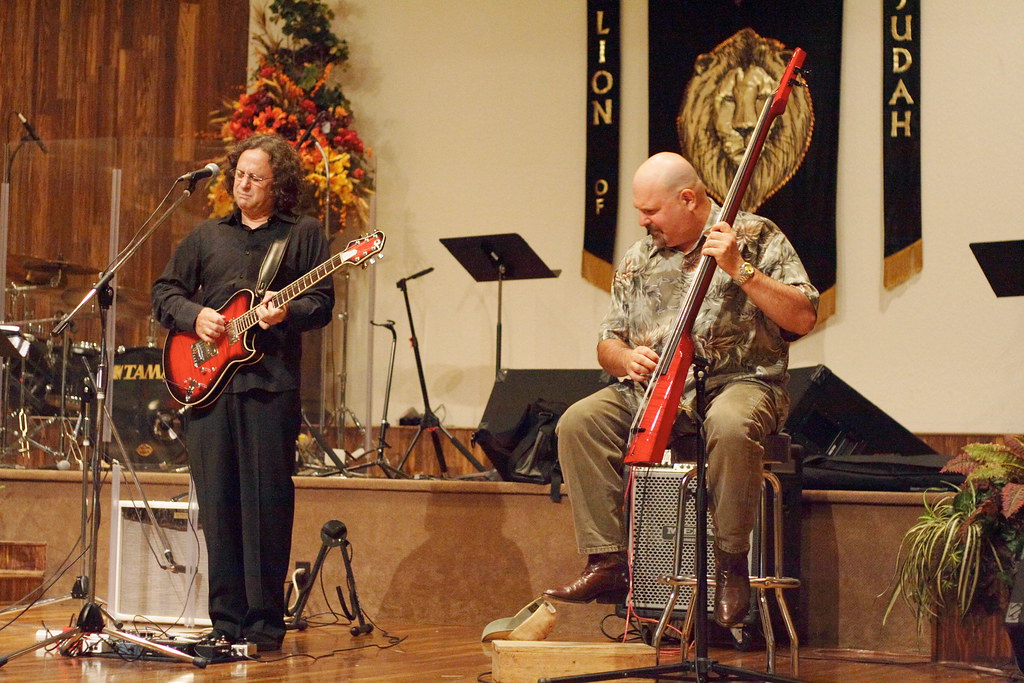
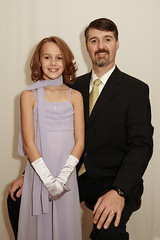

1 comment:
no se que te diga
Post a Comment